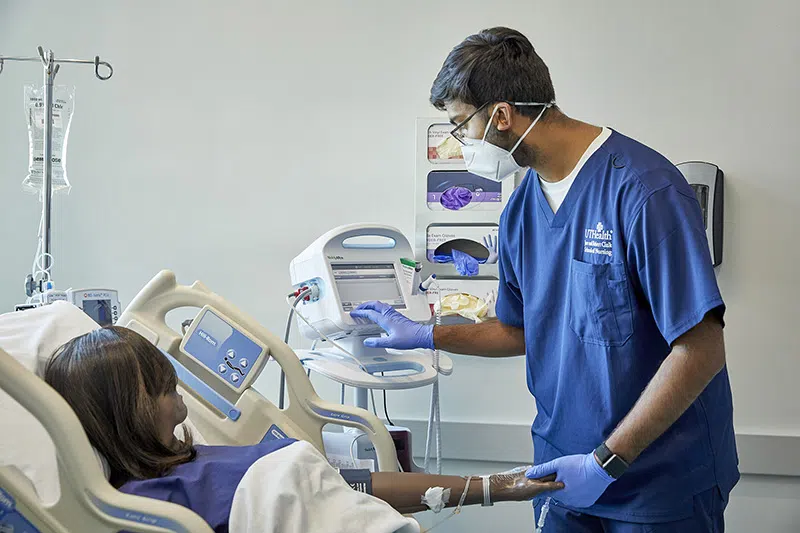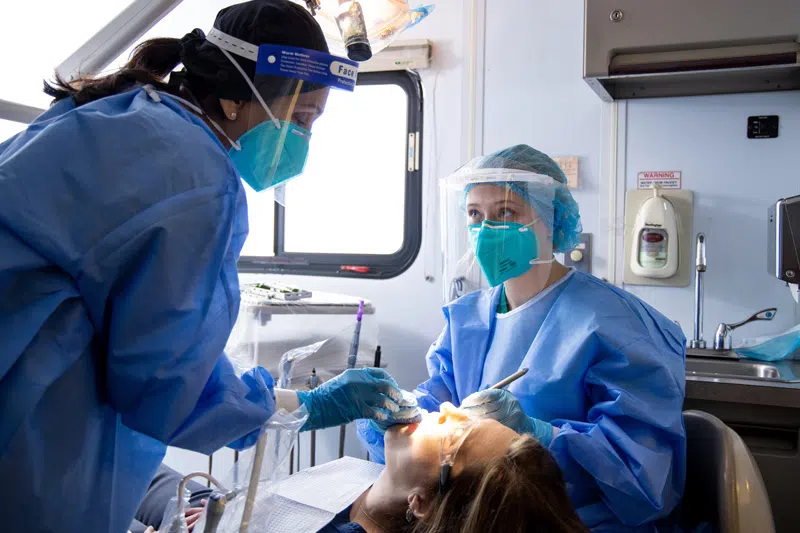MS Public Seminar: ALAN EDUARDO LOPEZ HERNANDEZ
When & Where
June 3, 2025
12:00 PM - 1:00 PM
UTHH MD Anderson Cancer Center, Faculty Center Tower (FCT2.4152) ( View in Google Map)
Contact
- Joy Lademora
- 7135009872
- Joy.Lademora@uth.tmc.edu
Event Description
Insights into the Radiation Chemistry of FLASH-RT
Alan Eduardo Lopez Hernandez, MS (Advisor: Emil Schüler, PhD)
Purpose: FLASH radiation therapy (FLASH-RT) is an emerging modality that delivers radiation at ultra-high dose rates (UHDR) and has shown consistent normal tissue sparing while preserving tumor control compared to conventional RT—a phenomenon termed the FLASH effect. Despite promising results, the mechanisms behind the FLASH effect remain unclear. Many hypotheses point to radiolytic interactions, but experimental validation is limited. This work aims to develop a robust experimental platform to evaluate the relationship between radiolytic species production and physical beam parameters relevant to FLASH-RT, alongside dosimetry tools for reliable UHDR beam characterization.
Methods: A beam collector (BC) Faraday cup detector was characterized on a FLASH Mobetron and benchmarked against a reference alternating-current current transformer (ACCT). Performance metrics included linearity with charge per pulse and total charge, pulse width (0.5–4 µs), mean and instantaneous dose rate, and pulse repetition frequency (5–180 Hz). Alanine dosimetry was also evaluated across a wide range of doses under FLASH conditions.
For radiation chemistry studies, the spin trap DMPO was used to detect hydroxyl radicals (•OH) and hydrogen radicals (•H) in normoxic triple-distilled water. Irradiations were performed using a modified Varian Clinac 21X. Spin adducts (•DMPO-OH, •DMPO-H) were quantified via electron paramagnetic resonance (EPR) spectroscopy 120 s post-irradiation. Analytical correction for decay kinetics was applied to estimate initial •OH and •H yields.
Results: The BC showed excellent linearity and stable performance across beam parameters, supporting its use as a time-resolved UHDR monitor. Alanine dosimetry exhibited a linear dose response from 6–300 Gy, was PRF-independent, and reproducible under varying delivery schemes, validating it for FLASH-RT applications.
In the radiation chemistry experiments, •DMPO-OH yield decreased with increasing dose per pulse and cumulative dose, suggesting dose-rate and inter-pulse effects on radical formation. Simulations supported the role of oxygen-dependent radicals in competing with DMPO for •OH in multi-pulse scenarios.
Conclusion: A platform for quantifying radiolytic species under FLASH-RT-relevant conditions was established. Both the BC and alanine proved to be effective tools for UHDR beam monitoring and dosimetry. These findings highlight the importance of radiolytic interactions—particularly involving •OH and oxygen—in FLASH-RT and lay the groundwork for future mechanistic studies in biologically relevant models, advancing our understanding and clinical translation of FLASH-RT.
Advisory Committee:
- Emil Schüler, PhD, Chair
- Stefan Bartzsch, PhD
- Laurence Court., PhD
- Rebecca Howell, PhD
- Uwe Titt, PhD









